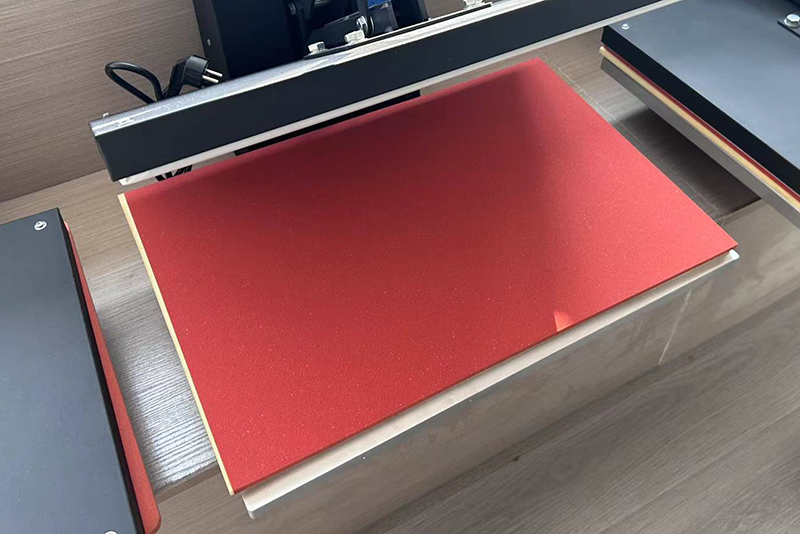Heat press machines are versatile tools widely used in various industries for transferring designs, images, and patterns onto various materials, including fabrics, ceramics, and metals. These machines employ heat and pressure to create permanent and vibrant imprints. Understanding the technical features of heat press machines is crucial for selecting the appropriate equipment and achieving optimal results.

1. Platen Size and Type
The platen, also known as the heat transfer surface, is a vital component of a heat press machine. The size of the platen determines the maximum area that can be transferred in a single operation. Common platen sizes range from small (9x12 inches) to large (16x20 inches) and even larger for industrial applications. The type of platen can also vary, with flat platens being suitable for flat surfaces, while clamshell and swing-away platens allow for easy placement and removal of materials.
2. Temperature Control
Precise temperature control is essential for achieving high-quality transfers. Heat press machines typically feature digital temperature controllers that allow users to set the desired temperature accurately. The temperature range varies depending on the material being transferred, with typical ranges between 200°F and 400°F. Advanced machines may offer multiple heating zones for transferring different materials simultaneously.
3. Pressure Adjustment
The amount of pressure applied during the transfer process significantly impacts the quality of the imprint. Heat press machines often provide adjustable pressure settings, allowing users to customize the pressure according to the thickness and type of material being transferred. Manual or pneumatic pressure adjustment mechanisms are commonly employed.
4. Timer Function
Accurate timing is crucial to ensure that the transfer is applied for the appropriate duration. Heat press machines typically incorporate a timer that allows users to set the desired pressing time. The timer automatically shuts off the machine when the set time elapses, preventing overheating and potential damage to the material.
5. Safety Features
Heat press machines can generate significant heat and pressure, making safety features paramount. Look for machines equipped with safety features such as auto-shutoff mechanisms, emergency stop buttons, and non-slip surfaces to minimize the risk of accidents.
6. Compatibility with Transfer Materials
Heat press machines are compatible with a wide range of transfer materials, including heat transfer papers, vinyl, sublimation inks, and specialty coatings. Ensuring compatibility between the machine and the transfer material is essential for achieving successful results.
7. Versatility and Applications
Heat press machines are highly versatile and find applications in various industries, including garment decoration, promotional product creation, ceramic printing, and metalworking. They are suitable for personal use, small businesses, and large-scale production facilities.
In conclusion, heat press machines offer a multitude of technical features that contribute to their effectiveness and versatility. Understanding these features enables users to select the appropriate machine that meets their specific requirements and applications, ensuring high-quality transfers and successful projects.
Kenteer supplies heat press machines. Customers in need are welcome to contact us.
